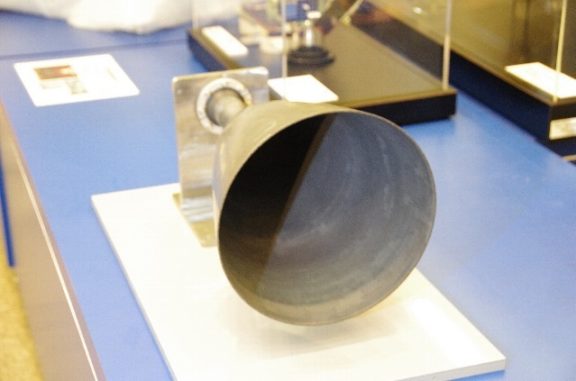Emily Lakdawalla • Dec 08, 2010
Akatsuki update, a day after the failure to enter orbit
JAXA held two press briefings about Akatsuki yesterday, at 11:00 and 20:30 JST (02:00 and 11:30 UTC). Reports in both English and Japanese based on these press briefings have cleared up some, but not all, of the mystery about what happened and what is to happen with Akatsuki, which failed to enter orbit as planned on December 7 JST/December 6 UTC.
The key summary: The spacecraft is currently in good health and in solar orbit with 80% of its fuel remaining. It is on a solar orbit interior to Venus. It will approach Venus again in six years, in December 2016. If the spacecraft remains healthy, it could make a second attempt at orbit insertion then.

The Mainichi Daily News reports that the thrusters cut off prematurely during the orbit insertion burn. "Officials suspect that soon after firing its thrusters, the probe went into safe hold mode and the thrusters stopped working, preventing the probe from entering orbit, and instead leaving it in orbit around the sun. After it was determined that Akatsuki could not make it back to Venus even if it used all its fuel, officials decided to abandon making any further orbit attempts this time. The probe's reverse thrusters needed to be fired for at least 9 minutes and 20 seconds, but appear to have stopped after only two to three minutes." JAXA's Makato Yoshikawa is quoted by @cbellh47 as saying "I suspect the Akatsuki's large chemical engine developed trouble." Space blogger Shinya Matsuura reports, I think, that the thruster fired for only 2 minutes and 23 seconds. He also seems to report that the panel was saying that the ceramic thrusters used on Akatsuki were insufficiently tested.
Akatsuki is currently in a solar orbit, one that is closer to the Sun than Venus. So it orbits the Sun slightly faster than Venus. As seen from Venus, it will creep ahead, year after year, and eventually approach the planet again from behind. So the next closest approach will be in six years, December 2016/January 2017. Without any further trajectory correction, the Mainichi Daily News reports, Akatsuki would pass within 3.7 million kilometers of Venus at closest approach. However, the mission team appears to think that the spacecraft has sufficient maneuvering fuel (80 percent remains) to do a trajectory correction burn some time in its cruise to bring this approach point closer and make a second attempt at Venus orbit insertion. Of course that would require the spacecraft maintaining health for the intervening six years, a period that it will spend closer to the Sun than it was designed for, exposed to danger from solar heating and radiation from solar flares. @natsu_shigure reports that a panelist said "By the time of its approach to the Venus, Akatsuki may be less damaged than Hayabusa when it was in the similar situation."

In the meantime, it appears to be a healthy spacecraft with a probably healthy suite of science instruments. (However, I think "healthy" may be in reference only to its electronics -- I am not sure that questions about the health of its main thruster have been satisfactorily answered yet.) JAXA is beginning to consider what can be done with the spacecraft from its current orbit. They have yet to assess the condition of the cameras; that has to wait until after they are sure of the spacecraft condition. One thing mentioned at the press briefings is observations of zodiacal dust. I'm thinking that such observations would also necessarily catch asteroids in their net, and that from a position inferior to Venus, Akatsuki would have a unique viewpoint on Apollo asteroids, which are difficult to spot from Earth.
Some other sources
There is a story from Mainichi Daily News about the implications of the failure to enter orbit for the future of the Japanese space program.
For what it is worth, here's a video recording of the 11:00 press briefing.
Here are concatenations of Japanese Tweets from the 11:00 and 18:30 press briefings.Here is JAXA's formal statement in English.
Let’s Go Beyond The Horizon
Every success in space exploration is the result of the community of space enthusiasts, like you, who believe it is important. You can help usher in the next great era of space exploration with your gift today.
Donate Today

 Explore Worlds
Explore Worlds Find Life
Find Life Defend Earth
Defend Earth

